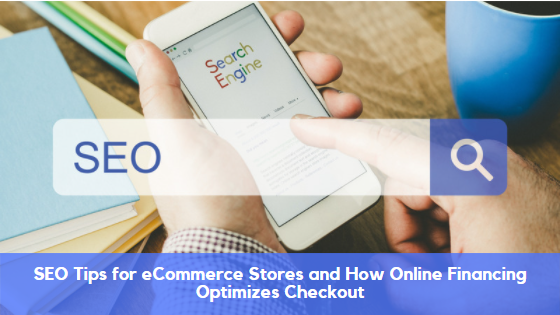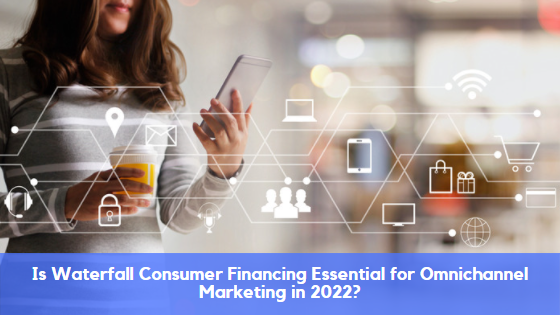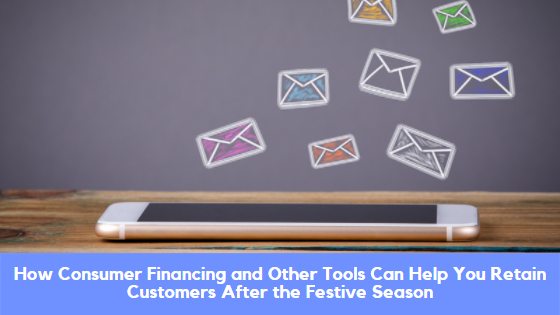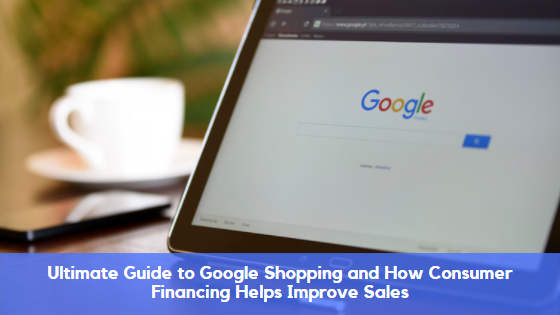Another year has come and gone, and 2022 will bring with it new growth opportunities for eCommerce business owners. Marketing trends, web integrations, and consumer-centric considerations will drive success for online stores that return to business this year. In this article, we share several tips on how to grow your business in 2022. We cover consumer financing, SEO strategies, and more ways to offer richer shopping experiences. Implement one or more of these tips to see profitable growth in the first quarter of the new year and beyond.
1. Integrate Leading Consumer Financing
It is vitally important that, as an online store, you offer consumer financing or consumer lending options. Consumer financing is quickly becoming a mainstay checkout feature of the best eCommerce businesses. But, it is not enough to partner with any old consumer financing company. In 2022, you should consider partnering with the leading consumer financing companies on the market. ChargeAfter offers a first-class consumer financing service to eCommerce businesses big and small that wish to leverage the benefits of online financing. The service differs from traditional bank lending as consumers can instantly tap into the company’s extensive network of lenders without credit checks. Furthermore, ChargeAfter lenders offer repayment plans with no additional interest charges. These benefits, coupled with comprehensive technical support and data-driven recommendations, ensure ChargeAfter offers a stand-out service for eCommerce partners. The integration of consumer financing with ChargeAfter will promote sales at checkout.
2. Develop Stronger SEO Strategies
All online stores need an SEO strategy. Search engine optimization (SEO) ensures that your website is visible to shoppers browsing Google and other search engines. With a solid SEO strategy, eCommerce businesses can appear on the first page of the search results for specific keywords commonly entered by consumers looking for certain products or services. You may have an SEO strategy in place, but it’s time to develop a stronger one as the new year brings new opportunities to leverage powerful Google features. You should register your business with Google My Business even if your store is completely online. This will help shoppers closer to your operational location find you quicker through location-based SEO. You should also sign up with Google Merchant Center and link your catalog with Google Shopping. This ensures that your shop is visible on Google when shoppers are browsing for specific products, also giving them the ability to purchase directly from Google. This can speed up your sales funnel, leading to profitable growth.
3. Optimize for Omnichannel Marketing
Having a website and a Facebook page is the bare minimum for running a successful eCommerce business. In 2022, you must develop an omnichannel marketing strategy. Omnichannel marketing involves creating consistent brand messaging across a variety of platforms to leverage sales and brand loyalty at every consumer touchpoint. You should utilize email marketing, consumer financing at checkout, branded drop shipping, social media advertising, Google advertising, and more. The more places that your brand is visible, the better.
4. Put Your Customers at the Center of Business
Don’t just say that you put your customers first, actually deliver on this promise. As an eCommerce platform, you should pride yourself in positive customer reviews and showcase this social proof on your website and social media platforms. You should deploy customer review collection strategies to acquire as much customer insight as possible, and then make decisions to mitigate the frequency of negative reviews. Rather than hiding or deleting negative reviews, respond to them timely with sincerity and put a customer service representative on the case to resolve the issue. This is one example of how you can show customers that they represent the core of your business operations. There are many more ways to put customers at the center of your business.
Grow your eCommerce business in 2022 with consumer financing, stronger SEO strategies, omnichannel marketing, and a consumer-centric operational model. These are the key tips to implement in the new year for a profitable first quarter.
Want to learn more? Reach out to us here.










